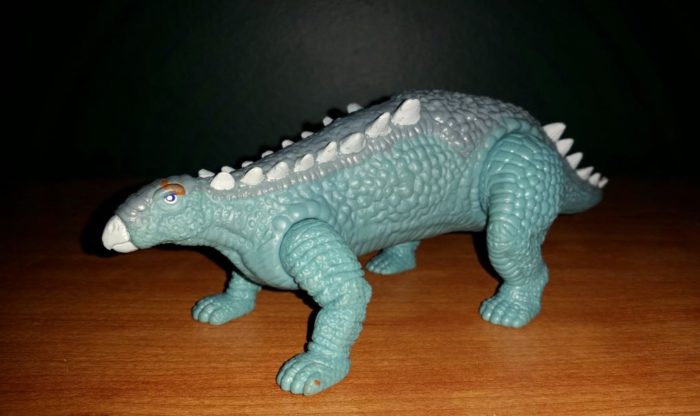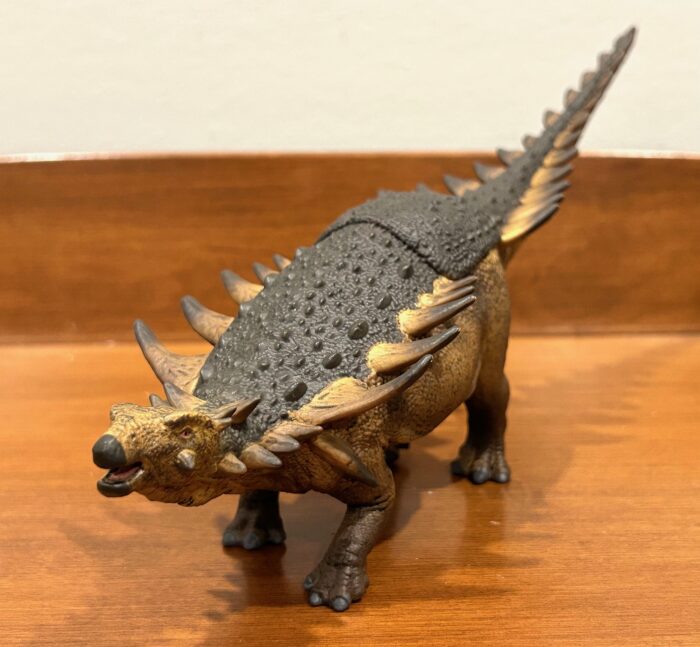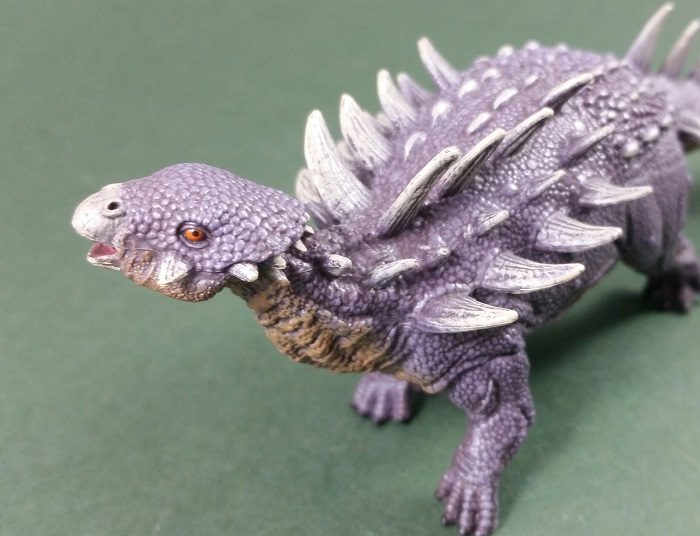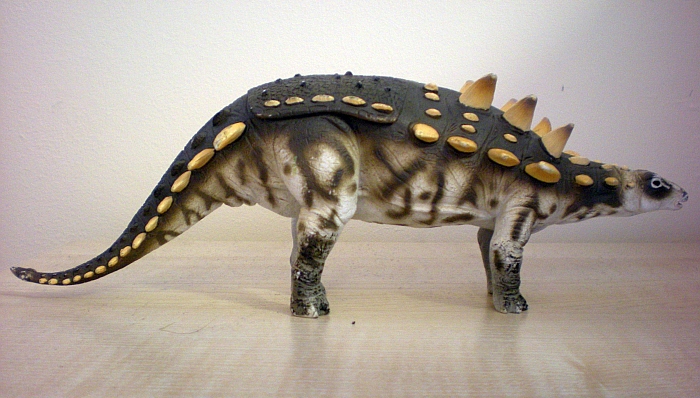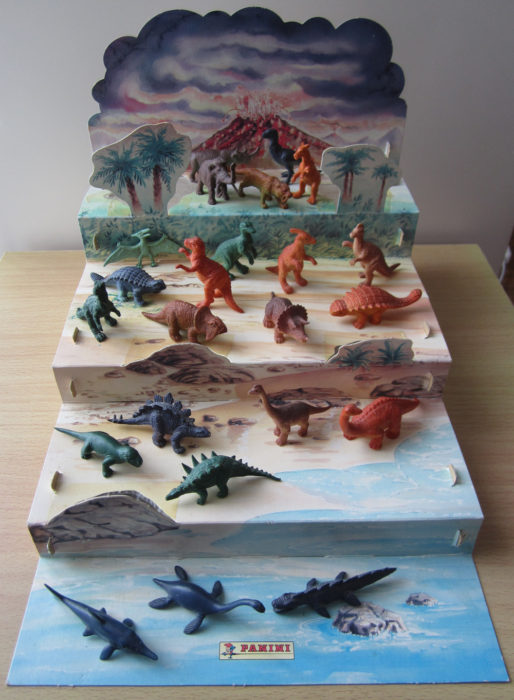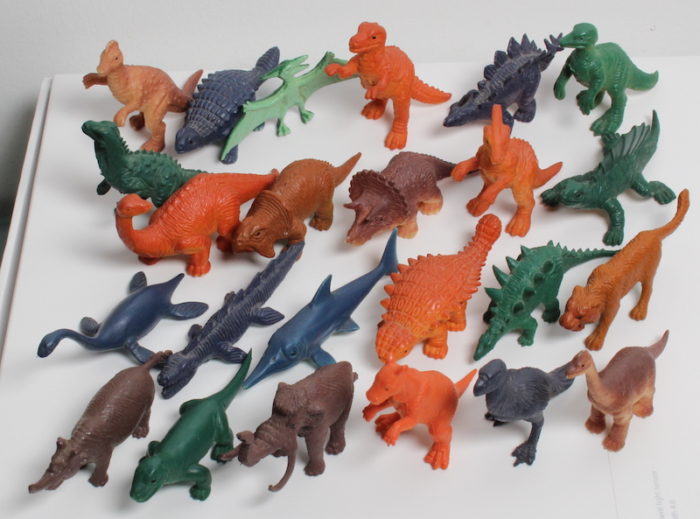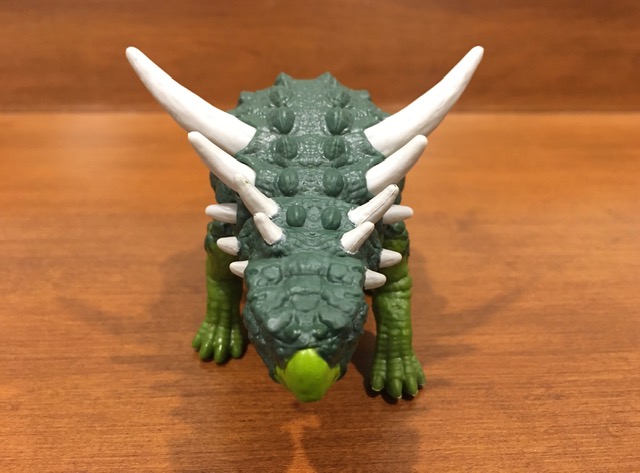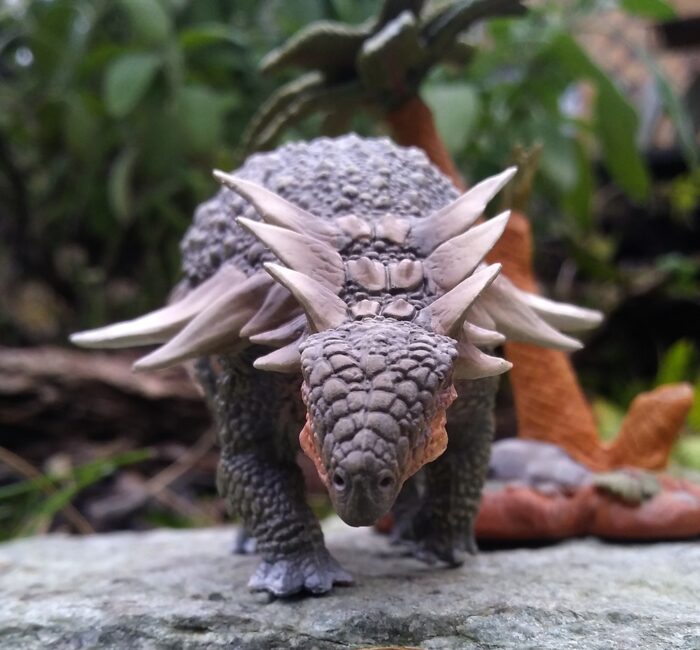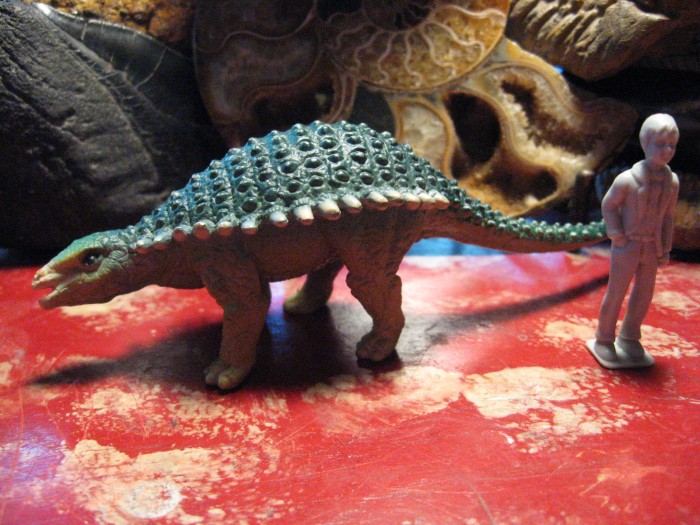Review and photos by Art Rex, edited by Suspsy
Before the release of Jurassic Park in 1993, Playskool’s Definitely Dinosaurs was one of the best brands of prehistoric playtime, rivaled only by Tyco’s Dino-Riders. Most of the Definitely Dinosaurs were relatively simple in design, almost cartoonish to play to a younger demographic.

